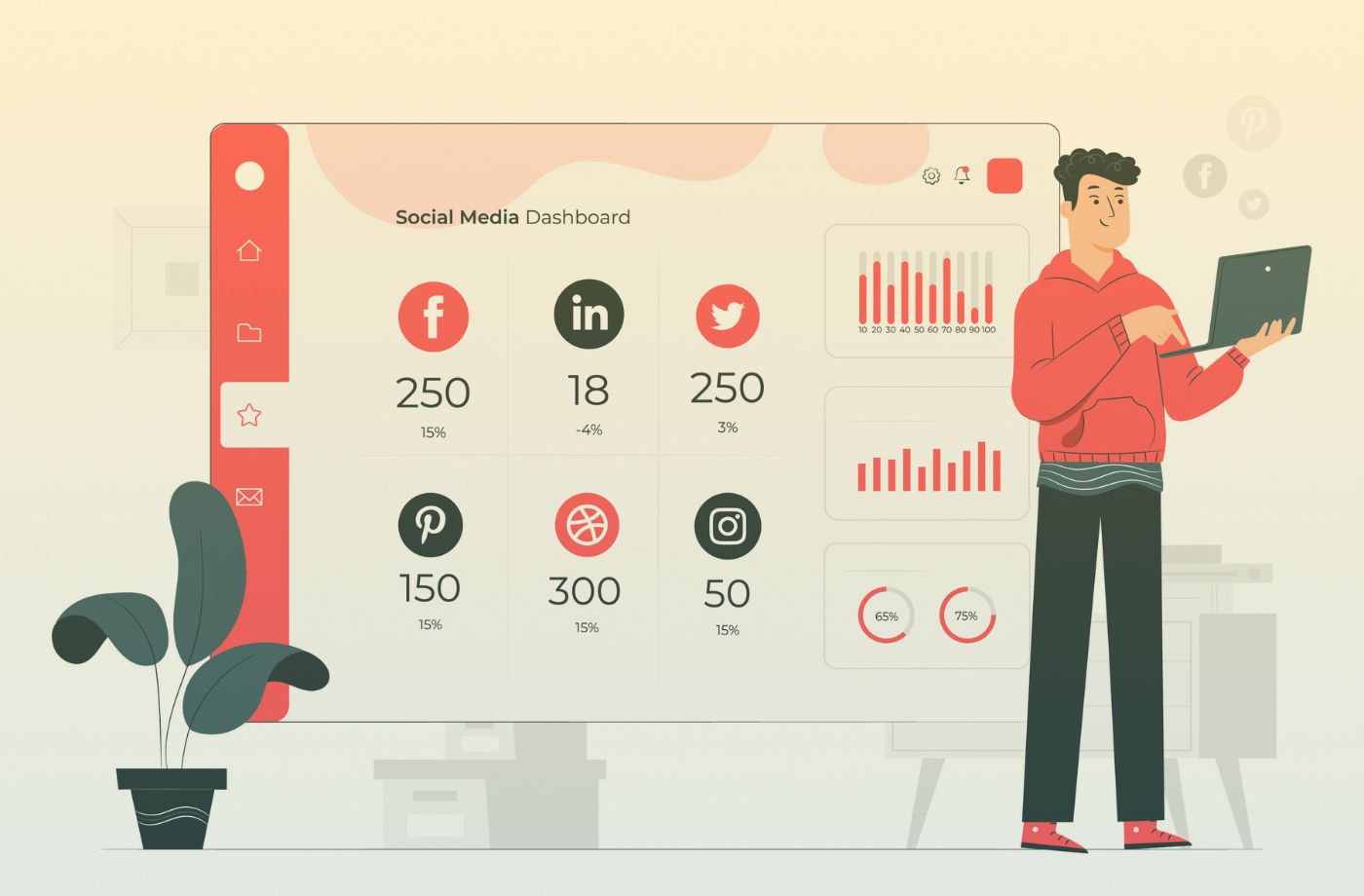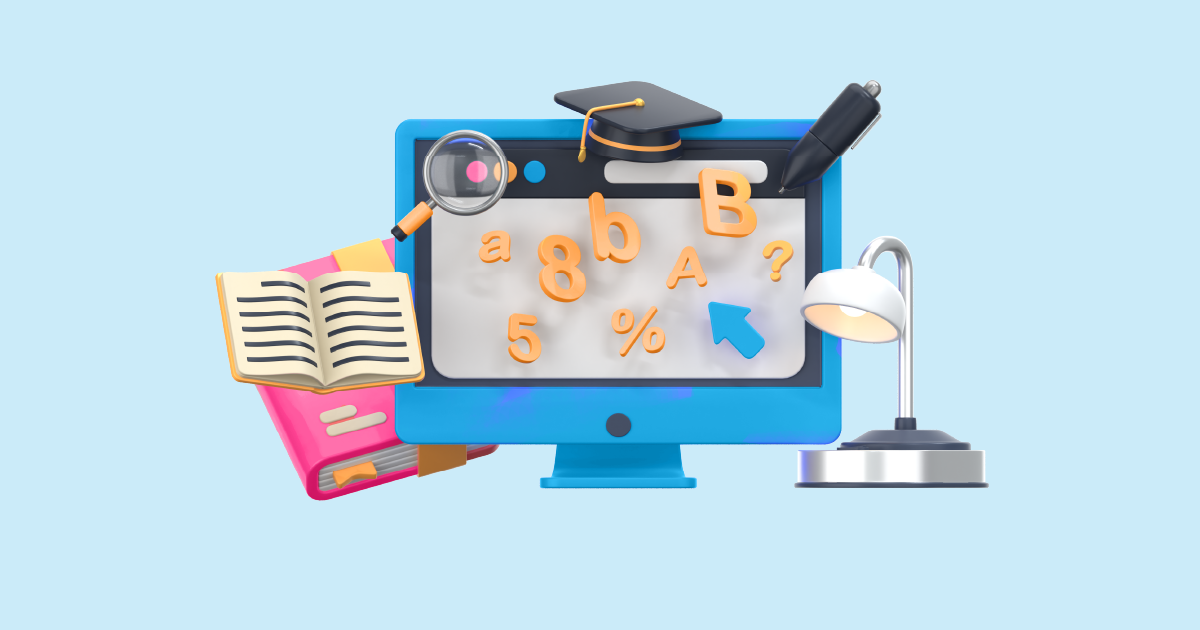In today’s digital age, social media has become an integral part of education. From students and faculty to alumni and parents, everyone is plugged into platforms like Facebook, Instagram, and Twitter. While social media offers educational institutions a unique way to engage with their communities, it also opens doors to potential risks. This is where social media monitoring for educational institutions steps in as a powerful tool. But what exactly is social media monitoring, and why should educational institutions pay attention?
Social Media Monitoring for Educational Institutions: Unlocking Insights and Enhancing Engagement

What is Social Media Monitoring?
Social media monitoring involves tracking and analyzing conversations, mentions, and trends on social media platforms. For educational institutions, this means keeping an eye on how the school is being perceived online, what students are saying, and identifying any potential issues that may arise.
Imagine your school is like a ship, and social media monitoring is the radar system. It alerts you to storms ahead, smooth sailing conditions, or when you need to change course. In the educational space, it’s about ensuring your institution’s reputation remains intact, your students are engaged, and you stay informed of emerging trends.
The Importance of Social Media Monitoring in Education
Protecting the Institution’s Reputation
Educational institutions must guard their reputation fiercely. With thousands of students and parents active on social media, negative news or misinformation can spread like wildfire. Social media monitoring helps catch these issues before they escalate, allowing institutions to respond quickly and appropriately.
Enhancing Communication with Students
Students often turn to social media to express concerns, share feedback, or ask questions. By monitoring these platforms, schools can engage with students directly, showing they care about their voices. This not only strengthens relationships but also builds trust within the school community.
Identifying Trends and Feedback
Social media is a treasure trove of insights. Institutions can track trends related to their school or education in general. Are students struggling with remote learning? Is there excitement about a new program? Monitoring provides this data, allowing the institution to respond proactively.
How Social Media Monitoring Benefits Educational Institutions
Crisis Management
Crisis can strike at any time, whether it’s a school closure, emergency, or controversy. Social media monitoring provides real-time alerts, enabling institutions to manage crises effectively and communicate with students, parents, and staff swiftly.
Understanding Student Sentiment
By keeping an eye on social platforms, schools can gauge how students feel about policies, events, or the overall environment. This gives educators valuable insight into what’s working and what needs improvement.
Engaging with the Community
Effective engagement means being present where your audience is. Social media monitoring helps schools maintain strong relationships with alumni, donors, and community members by staying involved in conversations that matter to them.
Social Media Monitoring Tools for Educational Institutions
There are several tools designed to help educational institutions monitor social media effectively. Some popular ones include:
- Hootsuite: Known for its wide range of features, from post-scheduling to monitoring.
- AIM Insights: Excellent for tracking mentions of your institution across different platforms.
- Sprout Social: A user-friendly platform that offers robust analytics.
When selecting a tool, consider features like real-time tracking, sentiment analysis, and ease of use.
How to Implement Social Media Monitoring
Step-by-Step Guide
- Identify Your Objectives: What do you want to achieve? Crisis management, reputation building, or student engagement?
- Choose the Right Tools: Pick a monitoring tool that fits your needs and budget.
- Set Up Alerts and Tracking: Monitor keywords, hashtags, and mentions relevant to your institution.
- Analyze the Data: Look for trends, feedback, or potential risks.
- Respond Appropriately: Address concerns, answer questions, and engage positively with your audience.
Best Practices for Social Media Monitoring in Educational Institutions
Creating Clear Guidelines
Before diving into social media monitoring, schools should establish clear guidelines. Define who will monitor, how often, and what actions will be taken based on the findings.
Ethical Considerations
Monitoring must be done ethically, ensuring students’ privacy is respected. Transparency about what is being monitored and why can help avoid misunderstandings.
Using Social Media Data for Decision-Making
Social media monitoring isn’t just about tracking what’s being said; it’s about turning that data into actionable insights. Schools can use the information to make informed decisions on everything from event planning to policy changes, all aimed at improving the student experience.
Challenges
Overcoming Misinformation
False information can spread quickly. Monitoring helps schools identify and address misinformation before it causes harm.
Handling Negative Feedback Effectively
Not all feedback will be positive. The key is to respond calmly and constructively, showing that the school is willing to listen and improve.
Case Studies of Successful Social Media Monitoring in Education
Case Study 1: University of Southern California (USC) – Crisis Management with Social Media Monitoring
The University of Southern California (USC) faced a major challenge when a student protest went viral on social media. The protest was about a controversial policy change that students disagreed with, and within hours, the university was being bombarded with negative comments and concerns on platforms like Twitter and Instagram.
How Social Media Monitoring Helped: USC had implemented social media monitoring tools prior to the event, which allowed them to detect the rapid increase in mentions and sentiment changes. The university’s media team quickly spotted the trending hashtag associated with the protest and began monitoring it in real-time. This early warning system gave the administration enough time to prepare a public statement that addressed the concerns before they escalated further.
Key Takeaways:
- The use of social media monitoring tools like AIM Insights enabled USC to manage a potential PR crisis before it spiraled out of control.
- By tracking conversations, they were able to respond within hours, minimizing reputational damage and showing that they were listening to student concerns.
- The proactive response led to a more positive outcome, with the university hosting a town hall meeting to discuss the issue in more detail.
Case Study 2: Harvard University – Enhancing Student Engagement
Harvard University actively uses social media monitoring as part of its student engagement strategy. With a student population that’s tech-savvy and heavily involved in online discussions, Harvard needed to ensure they were staying ahead of conversations and feedback.
How Social Media Monitoring Helped: Using tools like AIM Insights, Harvard’s social media team monitored keywords related to student life, academics, and general feedback. When students started discussing the challenges of remote learning during the COVID-19 pandemic, the university noticed a significant rise in conversations around mental health and academic stress.
In response, Harvard launched a social media campaign focused on promoting mental health resources, offering virtual counseling services, and providing study tips to manage stress. The school also used this data to create more engaging virtual events, including webinars with mental health professionals and social activities to keep students connected.
Key Takeaways:
- Social media monitoring helped Harvard identify areas where students were struggling and allowed the institution to respond with relevant support.
- The real-time data collected allowed them to tweak their student engagement strategy, ensuring that students felt heard and supported.
- Engagement on their mental health posts saw a 30% increase, and participation in virtual events skyrocketed.
Case Study 3: The University of Queensland (UQ) – Tracking Student Sentiment Post-Lockdown
As universities worldwide transitioned back to in-person learning post-COVID-19 lockdowns, the University of Queensland wanted to understand how students felt about the return to campus. Using social media monitoring, they aimed to gauge student sentiment and adjust their strategies accordingly.
How Social Media Monitoring Helped: Using AIM Insights, UQ monitored conversations across Twitter, Facebook, and Reddit, focusing on keywords like “campus return,” “COVID safety,” and “student concerns.” They discovered that many students were anxious about safety protocols, with some suggesting that the university wasn’t doing enough to ensure proper health measures. This prompted UQ to respond quickly by posting more frequent updates about their COVID safety plans, such as enhanced cleaning, mask mandates, and vaccination information.
They also introduced new initiatives based on student feedback, like providing mental health support and holding informational webinars to ease concerns. These actions led to a significant increase in student confidence and satisfaction.
Key Takeaways:
- UQ’s social media monitoring identified potential concerns that could have impacted student attendance and overall satisfaction.
- Their rapid response to student sentiment, combined with targeted informational campaigns, helped reassure students and ensured a smooth transition back to campus life.
- The university saw an increase in positive feedback on social media, with posts expressing relief and gratitude for their handling of the situation.
Case Study 4: The London School of Economics (LSE) – Using Social Media to Improve Alumni Relations
The London School of Economics (LSE) has a large, diverse, and global alumni network, and maintaining strong relationships with graduates is essential for their ongoing success. However, engaging such a broad audience can be challenging, especially on social media.
How Social Media Monitoring Helped: LSE used AIM Insights to monitor conversations among their alumni on platforms like LinkedIn, Twitter, and Facebook. They tracked mentions of the school, as well as alumni discussions around topics like career advancement, networking opportunities, and staying connected with the LSE community.
Through monitoring, LSE discovered that their alumni were highly interested in career development opportunities but felt that the university wasn’t offering enough post-graduation support. In response, LSE created a series of alumni-focused webinars, career fairs, and networking events, all promoted through targeted social media posts.
Key Takeaways:
- LSE’s use of social media monitoring helped them understand what their alumni valued most—career development and networking.
- By adjusting their approach and providing more alumni-centric content, they boosted engagement and participation in events.
- Alumni satisfaction rates increased, with more positive mentions about the school’s efforts to stay connected post-graduation.
Case Study 5: University of Michigan – Addressing Negative Sentiment and Online Harassment
The University of Michigan faced a difficult situation when several social media posts criticizing the school’s handling of a sensitive issue began to spread. The posts started attracting attention, with many students and external commentators adding negative comments, leading to a potential reputation crisis.
How Social Media Monitoring Helped: The university used AIM Insights to track the escalating negative sentiment online. Through detailed sentiment analysis, they quickly identified the main points of criticism and key influencers driving the conversation. This allowed the administration to respond with a carefully crafted public statement, acknowledging the concerns and outlining the steps the university was taking to address the situation.
Moreover, the monitoring tool helped them identify instances of online harassment that targeted specific students, allowing the university to intervene and support those affected.
Key Takeaways:
- The University of Michigan’s ability to track and analyze negative sentiment quickly allowed them to address the issue before it spiraled out of control.
- By using real-time data, they were able to engage with their community effectively and transparently, diffusing a potentially damaging situation.
- The university’s proactive approach to social media monitoring enhanced its reputation for being responsive and supportive.
Future Trends
Emerging Trends and Technologies
AI-powered tools are revolutionizing social media monitoring, allowing schools to analyze data faster and more accurately.
The Role of AI in Social Media Monitoring
AI can predict trends, flag potential crises, and provide deeper insights into student sentiment, making it a powerful tool for the future of education.
Social Media Monitoring for Crisis Management
Social media is often the first place people go during a crisis. Monitoring allows schools to manage their response and keep the public informed.
Measuring the Success of Social Media Monitoring
To measure the effectiveness of your monitoring efforts, track KPIs like engagement rates, sentiment changes, and response times.
Conclusion
Social media monitoring is an invaluable tool for educational institutions. Whether it’s enhancing student engagement, managing potential crises, or improving alumni relations, monitoring social platforms provides deep insights that can shape strategies and foster stronger connections within the community. By staying proactive and responsive, universities and schools can ensure they are meeting the needs of their students, staff, and alumni in a meaningful way.
Ready to transform the way your institution engages with social media? Request a demo from AIM Technologies today to discover how advanced social media monitoring can help your institution stay ahead of the curve. Learn more about how to harness the power of real-time data and improve your social media strategies for a brighter future.





